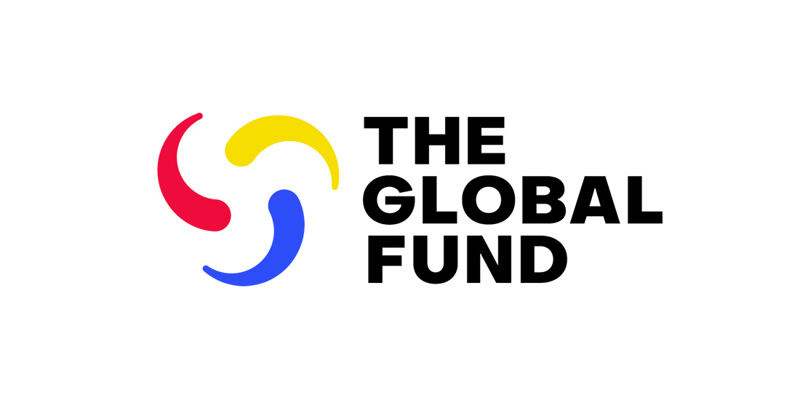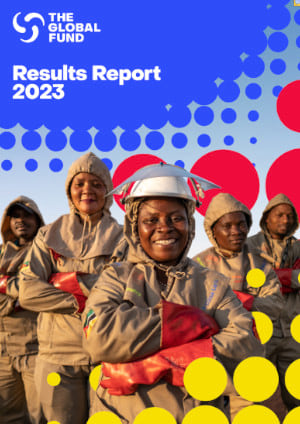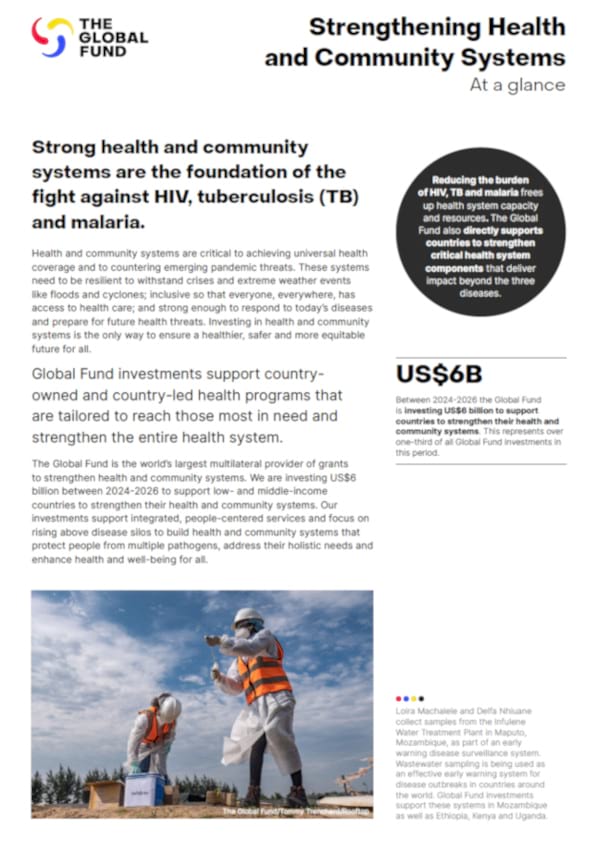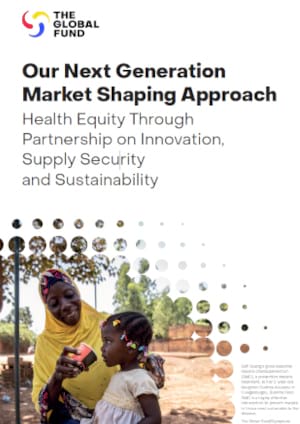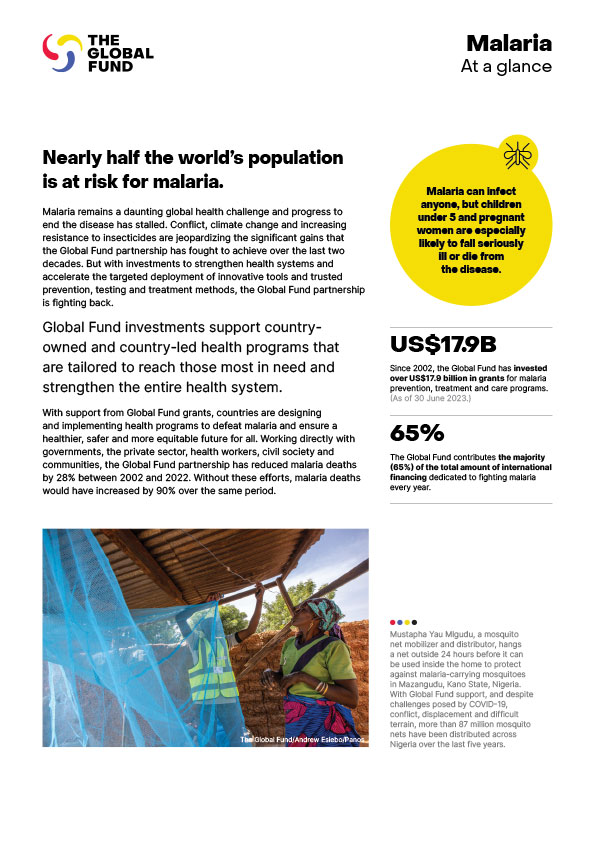WHO takes major steps to make HIV treatment accessible - treatment guidelines and AIDS medicines endorsed by WHO
22 April 2002
In a decisive move to strengthen action against AIDS in developing countries, the World Health Organization (WHO) has today announced the first treatment guidelines for HIV/AIDS in poor settings. Parallel to that, WHO has endorsed the inclusion of AIDS medicines in its Essential Medicines List. The action is a breakthrough in a comprehensive “prevention through care” package that could contribute to dramatically wider access to treatment over the coming years.
WHO estimates that nearly six million people living with HIV/AIDS need access to care and support including antiretrovirals (ARVs). Currently, fewer than five per cent of those who require treatment in developing countries can access these medicines. WHO believes that three million people needing care should be able to get medicines by 2005 — a more than ten-fold increase.
WHO sees wider access to safe and practical treatment as an important element of an overall strategy to fight HIV/AIDS. It combines prevention, improved diagnostics and effective care so that these elements mutually reinforce each other.
“The new treatment guidelines and the designation of ARVs as essential are vital steps in the battle against the AIDS pandemic. They should encourage both industrialized and developing country governments to make HIV treatment more widely available,” says Gro Harlem Brundtland, Director-General of WHO.
The new guidelines propose a practical, standardized and simplified combination of ARV therapy. They provide guidance on more rational use of ARV treatments resulting in fewer side effects, less resistance and better tolerance of the medicines. They ensure that AIDS patients obtain appropriate combinations of medicines that will make their lives longer and more productive. The guidelines will also make it easier to train health workers and make ARVs simpler to use.
vital component of the WHO strategy to scale up access to care and treatment in poor countries is the inclusion of ARVs on the WHO Essential Medicines List. They include nevirapine and zidovudine - previously listed for prevention of mother-to-child transmission but now also recommended for treatment of HIV in adults and children. The new medicines in the List are abacavir, didanosine, efavirenz, indinavir, lamivudine, lopinavir, nelfinavir, ritonavir low-dose, saquinavir, and stavudine.
The decision to add these ARVs follows a strong recommendation by the Expert Committee on the Use of Essential Medicines, a panel of independent experts convened by WHO. It is based on a careful analysis of current evidence of ARV efficacy in developing countries, which shows that these medicines can be used effectively and safely in poor settings. The Committee’s selections allow for several multi-drug combinations, many of which are becoming increasingly affordable in developing countries.
“The identification of ARVs as essential medicines and the treatment protocol should help national governments and health care institutions to select appropriate treatment for people with AIDS.” explains Professor Juan-Ramon Laporte, Chair of the Expert Committee. “It will also help to train health professionals, to inform patients, to monitor treatment outcomes, and to assist reimbursement of such medicines by health insurance schemes.”
The first Model List of Essential Medicines was released by WHO in 1977 and has since been updated every two years. It aims to provide an example for countries to develop their own essential medicines lists, according to their priority health needs. By the end of 1999, 156 WHO Member States had official medicines lists, of which 127 had been updated in the previous five years.
"The antiretroviral treatment guidelines developed by WHO will greatly assist governments and national AIDS programmes in providing people living with HIV/AIDS with greater access to these life-saving medicines,” said Dr Peter Piot, UNAIDS Executive Director. “The long-sought inclusion of antiretrovirals in WHO’s Essential Medicines List will encourage governments in hard-hit countries to further expand the distribution of these vital drugs to those who need them.”
Since AIDS was reported over twenty years ago, over 20 million people have died as a result of HIV infection. Current estimates suggest that 40 million people worldwide are infected with HIV and more than 90% of infected persons live in the developing world. In 2001, 5 million people worldwide became infected with HIV, and 3 million others died from HIV/AIDS-related causes.
Left untreated, HIV infection results in a period of 3 to 10 years or more during which the infected person remains relatively healthy. Once symptomatic disease or AIDS develops, without access to antiretroviral treatment, death results within an average of two years.
In high-income countries, an estimated 1.5 million people live with HIV, many of them productively, thanks to pervasive antiretroviral therapy. In the USA, the introduction of triple combination antiretroviral therapy in 1996 led to a decline of 70% in deaths attributable to HIV/AIDS.

